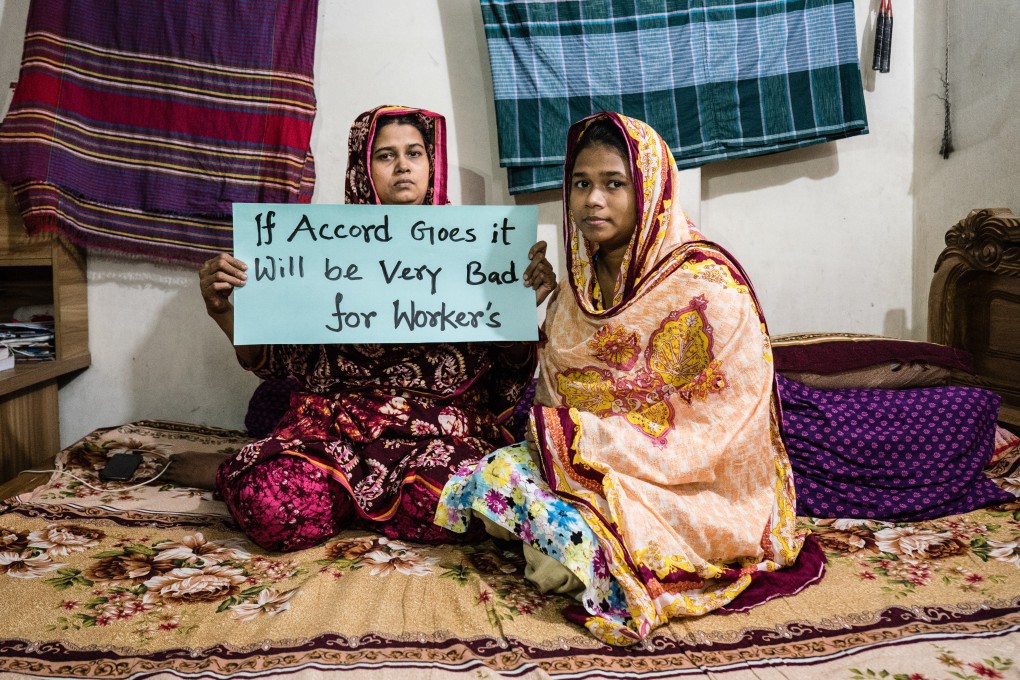Advertisement
Six years after Bangladesh’s Rana Plaza disaster, garment workers protesting low wages suffer police brutality in return
- After the 2013 tragedy, when 1,134 died in a building collapse, the government promised better wages and working conditions
- But these have been slow to materialise, with the minimum wage set in November at a paltry US$22 a week
Reading Time:4 minutes
Why you can trust SCMP
0

Bangladeshi labourers in the country’s vast garment industry demanding a higher minimum wage have in recent months encountered fierce retaliation from factory owners and authorities, with 65 garment industry workers jailed and more than 11,000 sacked. Police brutality was also reported at protests, leaving dozens of workers injured and one man dead.
The progress made in the garment industry since the Rana Plaza disaster of 2013 – when 1,134 workers were killed after a building collapsed – has evaporated.
In the aftermath, the Bangladesh Accord on Fire and Building Safety to improve working conditions was signed by more than 200 Western brands, drawn to the country by the world’s cheapest labour.

Better wages were promised but slow to materialise, and the government took a monumental step backwards in November by announcing a new minimum wage of just 45 cents an hour (US$22 a week): less than a quarter of the amount recommended by experts as a living wage.
Workers took to the streets in protest but their peaceful rallies turned to bloodshed, as police shot tear gas and rubber bullets, injuring hundreds of workers and in January killing one man.
Advertisement